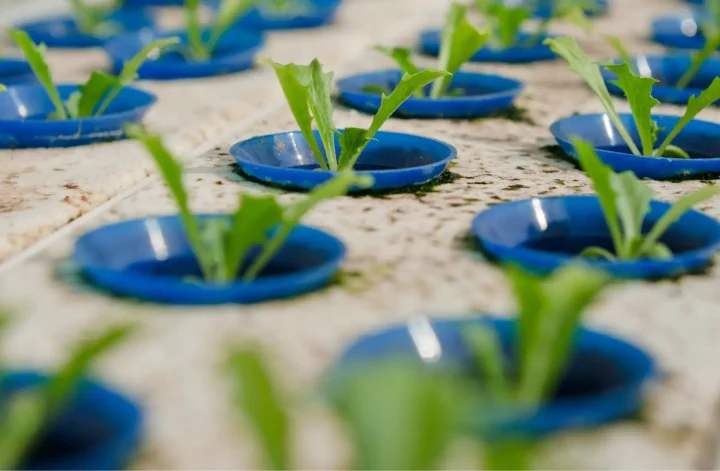Are you tired of constantly relying on over-the-counter medication to relieve your common ailments? Are you looking for a natural solution that can boost your immunity, ease digestion, and soothe a sore throat? Look no further than honey lemon ginger. This powerful trio has been used for centuries as a one-stop solution to various health problems.
Honey is known for its antibacterial properties and can help fight off infections. Lemon is packed with vitamin C, which supports the immune system and aids in digestion. Ginger contains anti-inflammatory compounds that can reduce pain and inflammation. When combined together, these three ingredients create a potent remedy that can provide relief from multiple symptoms at once. Keep reading to learn more about the health benefits of honey lemon ginger and how you can make and use this natural remedy at home.
The Health Benefits of Honey Lemon Ginger
You can enjoy a variety of health benefits by combining the sweet taste of honey, the tangy flavor of lemon, and the spicy kick of ginger. This potent trio has been used for centuries as a natural remedy to boost overall health and wellness. Honey is known for its antibacterial properties while lemon is rich in vitamin C, making it an immune-boosting powerhouse. Ginger, on the other hand, aids digestion and relieves nausea.
The combination of these three ingredients creates a powerful potion that can help alleviate common ailments such as colds and coughs. The immune-boosting properties found in honey and lemon work together with ginger’s anti-inflammatory effects to provide relief from sore throats, congestion, and headaches. Moreover, this concoction promotes digestive health benefits by helping to soothe upset stomachs and aiding in reducing bloating issues. So why not give it a try?
How to Make and Use Honey Lemon Ginger Remedy
Let’s learn how to whip up a delicious and effective home remedy that will help soothe your throat and boost your immune system during cold and flu season. Here’s a simple recipe for honey lemon ginger tea:
- Boil 2-3 cups of water in a pot.
- Peel and slice 1-2 inches of fresh ginger root.
- Add the ginger slices into the boiling water, reduce heat, and simmer for 10-15 minutes.
- Remove from heat and add freshly squeezed lemon juice (about half a lemon) and 1-2 tablespoons of honey.
You can adjust the amount of ingredients according to your taste preference. Some variations of this recipe include adding cinnamon or turmeric for added health benefits or using maple syrup instead of honey for a vegan option. However, before trying out this remedy, it is important to note that honey should not be given to children under one year old due to the risk of botulism. Also, if you are allergic to any of these ingredients or have any medical conditions, consult with your doctor first before using this remedy as it may interact with certain medications or treatments.
Conclusion
Congratulations! You now know the secret to boosting your immune system and fighting off common ailments. Honey, lemon, and ginger are a powerful combination that can help alleviate sore throats, coughs, colds, and flu symptoms. Plus, their anti-inflammatory properties can also help ease digestive issues and reduce inflammation throughout the body.
To make this super remedy at home, simply steep slices of fresh ginger in boiling water for a few minutes before adding freshly squeezed lemon juice and honey to taste. Drink it hot or cold as often as needed to reap its many benefits. So next time you’re feeling under the weather or looking for a natural way to support your health, remember the magic trio of honey, lemon, and ginger!





